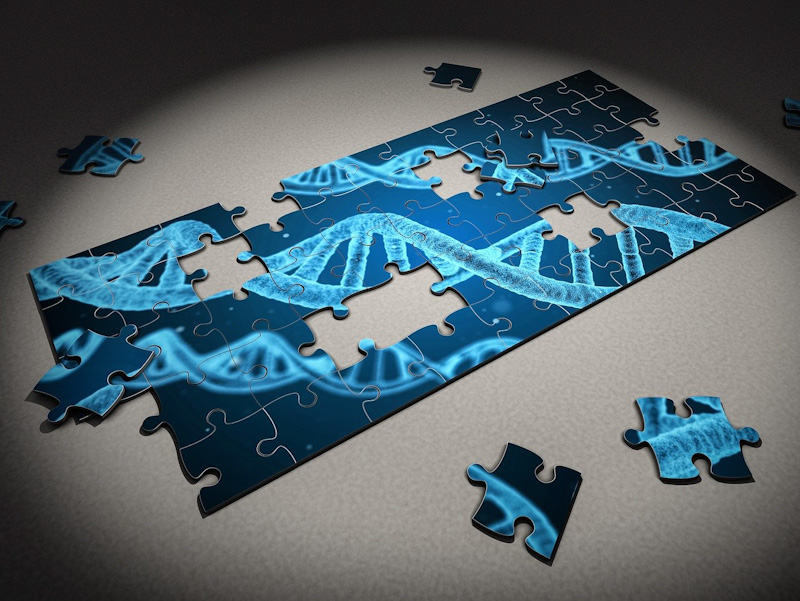Phytophthora agathidicida genome reboot
A team at Massey University, in collaboration with researchers at Scion, Plant and Food Research, Victoria University of Wellington and the University of Oregon, has built what appears to be the first chromosome-level Phytophthora genome assembly in the world.

The species whose genome they assembled is Phytophthora agathidicida, the pathogen that causes kauri dieback. The project was developed with cultural authority from Ngāti Rehua, the mana whenua from Aotea | Great Barrier Island where samples were obtained for this work.
Although this work is in early stages and has not yet been published, having this assembly may be a game-changer for the fight against kauri dieback. Knowing a pathogen’s genome gives researchers insight into how the pathogen operates and what can be done to stop it.
For evidence of how a genome can be used in applications, look no further than COVID-19: by knowing this pathogen’s genome, researchers have developed a suite of vaccines and used changes in the disease’s genetic material to trace the origin of outbreaks and the evolution of new variants.
Some genomes are easier to assemble than others. This is often due to differences in size and the content of identical repeats in the genome sequence. For example, COVID-19 is an RNA virus with ~30,000 individual bases. Phytophthora agathidicida has a DNA genome with 10 chromosomes comprising ~58,000,000 base pairs. To use the puzzle metaphor, it’s easier to put together a thirty-thousand-piece puzzle than ten puzzles that have had all their fifty-eight million pieces mixed into the same box.
With these large genomes, “completing” the puzzle is difficult if not impossible. Instead, researchers assemble as accurate a picture as they can using the available technology and scientific knowledge.
A Scion-based project funded by MBIE Healthy Trees Healthy Future programme the was the first to produce a genome assembly of Phytophthora agathidicida. This genome was in a thousand pieces (which is a sight better than 58 million pieces) and had been created using a short-read sequencing method. The new team wanted to improve the quality of this assembly by bringing together previous molecular work and long-read sequencing methods.
The result is a well-assembled genome in ten pieces (for the ten chromosomes). There are also far fewer gaps in this assembly. This means that it contains ALL the genes – none will be missing or cut into pieces due to a fragmented assembly – giving a much more complete picture of how the pathogen causes disease. The genome sequence will be made available on public databases so that people all around the world can use it.
Now that the genome has been assembled, researchers can use it to investigate how this pathogen interacts with kauri to cause disease or to trigger a plant’s defenses.
Dr Yanan (Melissa) Guo, an early career researcher, is looking at the function of the genes in this genome. She will be looking at which of the pathogen’s genes are switched on during infection and if these genes produce virulence or avirulence factors. Virulence factors help the pathogen to attack the plant while remaining undetected by the plant. Avirulence factors are recognized as a threat by the plant’s defense system and trigger a response.
Congratulations to the team at Massey, specifically Yanan (Melissa), Prof Murray Cox, Dr David Winter and Prof Rosie Bradshaw, and their collaborators at Scion, Plant and Food Research, Victoria University of Wellington and the University of Oregon for assembling this genome and for continuing to interrogate this disease. We watch your work with interest and excitement.
The BioProtection Research Centre provided funding for the sequencing of the genome. NRT provided funding for the assembly, annotation and downstream analysis of the genome.
Originally posted February 2022, edited March 2022.